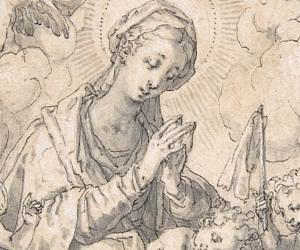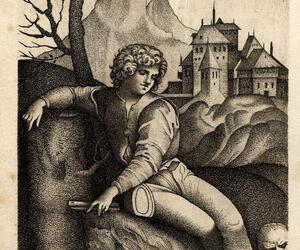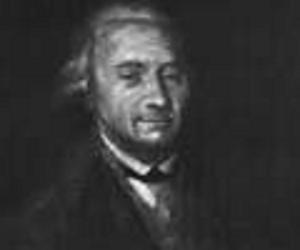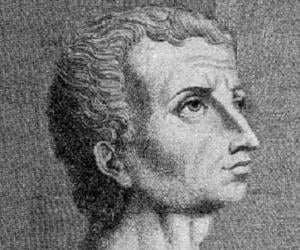Livy was a Roman historian. His seminal work, Ab Urbe Condita, covers the history of Rome through several centuries. A respected figure in society, he was on friendly terms with members of the Julio-Claudian dynasty. He wrote during the reign of Emperor Augustus, who was reportedly his friend. Livy was married and had at least two children.
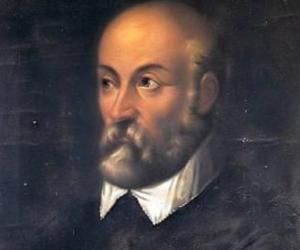
Andrea Palladio was an Italian architect remembered for designing villas, country houses, palaces, and churches. Widely regarded as one of the most influential architects in the history of architecture, Palladio designed 23 buildings in Vicenza and 24 villas in Veneto. Together, they are known as the City of Vicenza and the Palladian Villas of the Veneto as named by UNESCO.
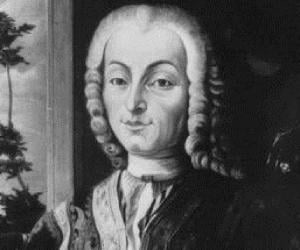
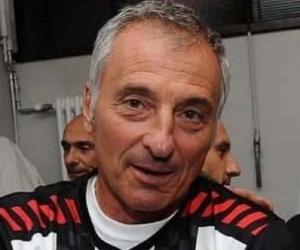
Padua-born Riccardo Patrese had begun karting at age 9 and was equally skilled in swimming and skiing. In the 1990 British Grand Prix, he became the first Formula One driver to earn 200 Grand Prix starts. He has six Formula One race wins in his kitty and took to showjumping post-retirement.
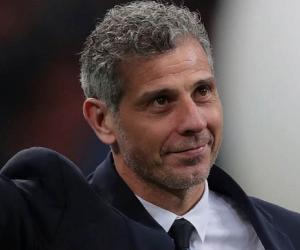
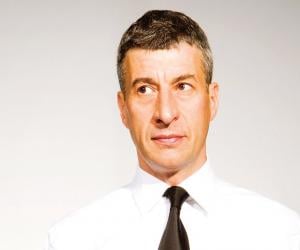
Maurizio Cattelan is an Italian artist best known for his hyperrealistic sculptures and installations. He has a satirical approach to art and is often considered a joker or prankster of the art world. His works have been exhibited internationally in museums. One of his best-known works is America, a fully functional toilet made of solid gold.
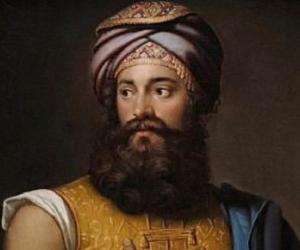
Giovanni Battista Belzoni was an Italian explorer and archaeologist of Egyptian antiquities. A pioneer in the field of Egyptian archaeology, Belzoni was the first person to enter the famous Pyramid of Khafre. Belzoni is also credited with unblocking the entrance of the temple at Abu Simbel and discovering the tomb of Seti I, which is referred to as Belzoni's Tomb.
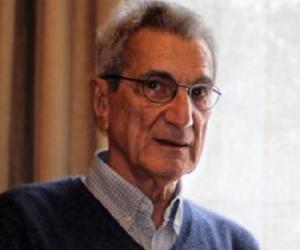
Italian philosopher Antonio Negri has donned many hats, from teaching law at the University of Padua to being part of the Italian parliament. An Autonomism leader, he was accused of being part of the left-wing militant organization Red Brigades and later fled to Paris. Empire is one of his best works.
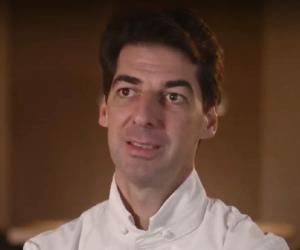
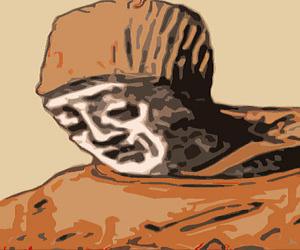
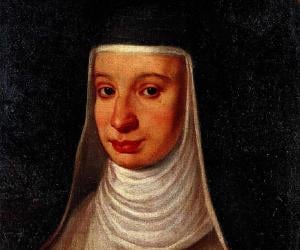
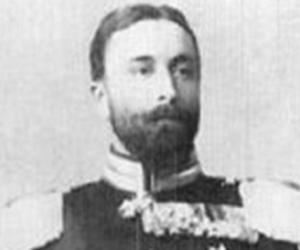
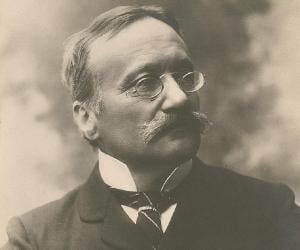
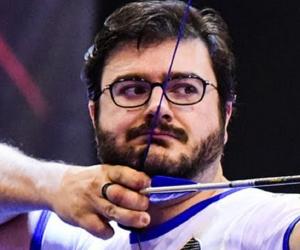


First-century Roman senator Publius Clodius Thrasea Paetus is best known for opposing Emperor Nero. He was the most influential member of the faction of Stoic philosophers known as Stoic Opposition. He was eventually tried and condemned to death by choice, to which he obliged by cutting open the veins of his arms.
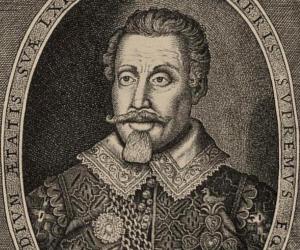
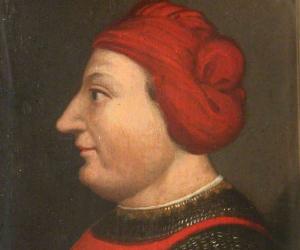
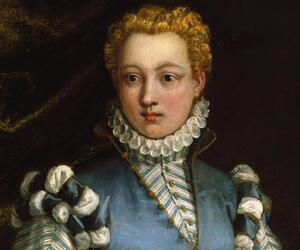
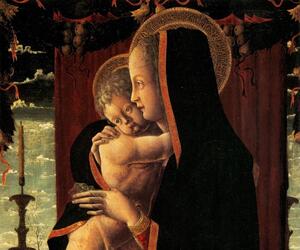
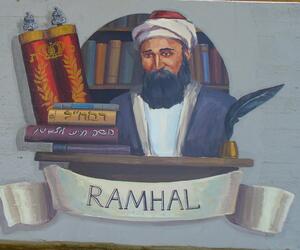

Andrea Riccio was an Italian sculptor best remembered for making small, practical objects like door knockers and inkwells. Many of his works are preserved in churches and museums, including the Louvre and the Metropolitan Museum of Art. Also an occasional architect, Riccio is credited with working on the church of Santa Giustina, which is located in Padua, Italy.
